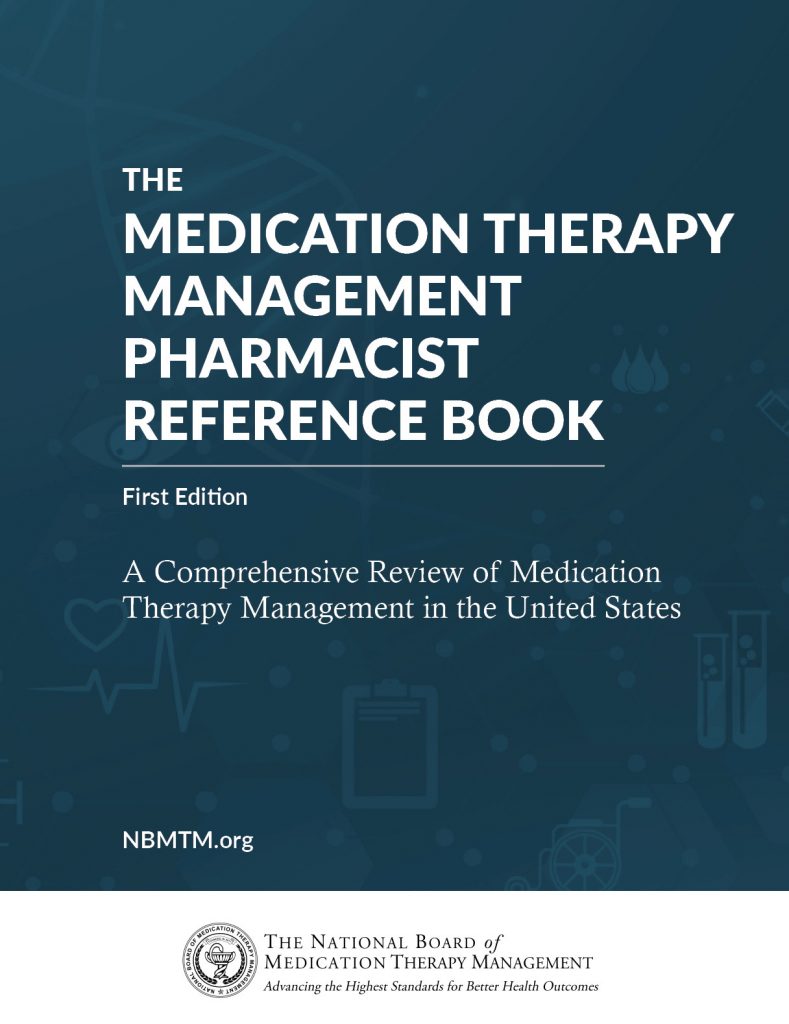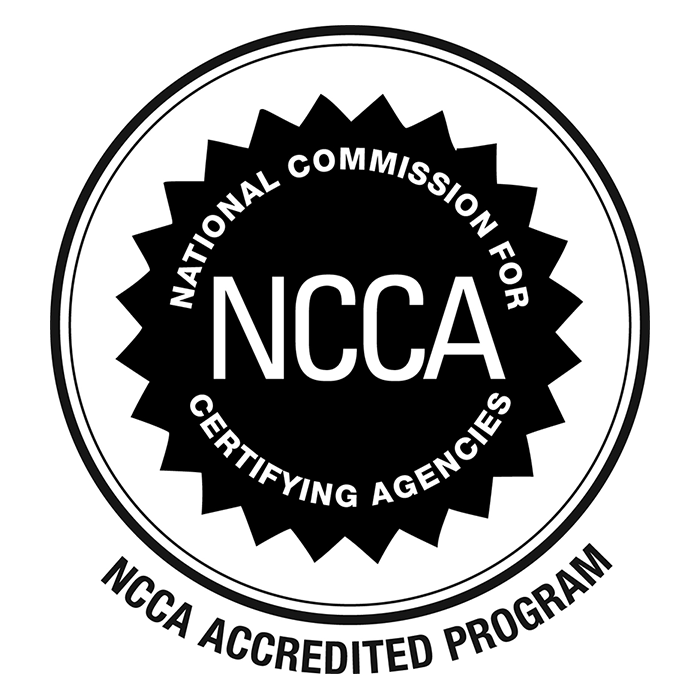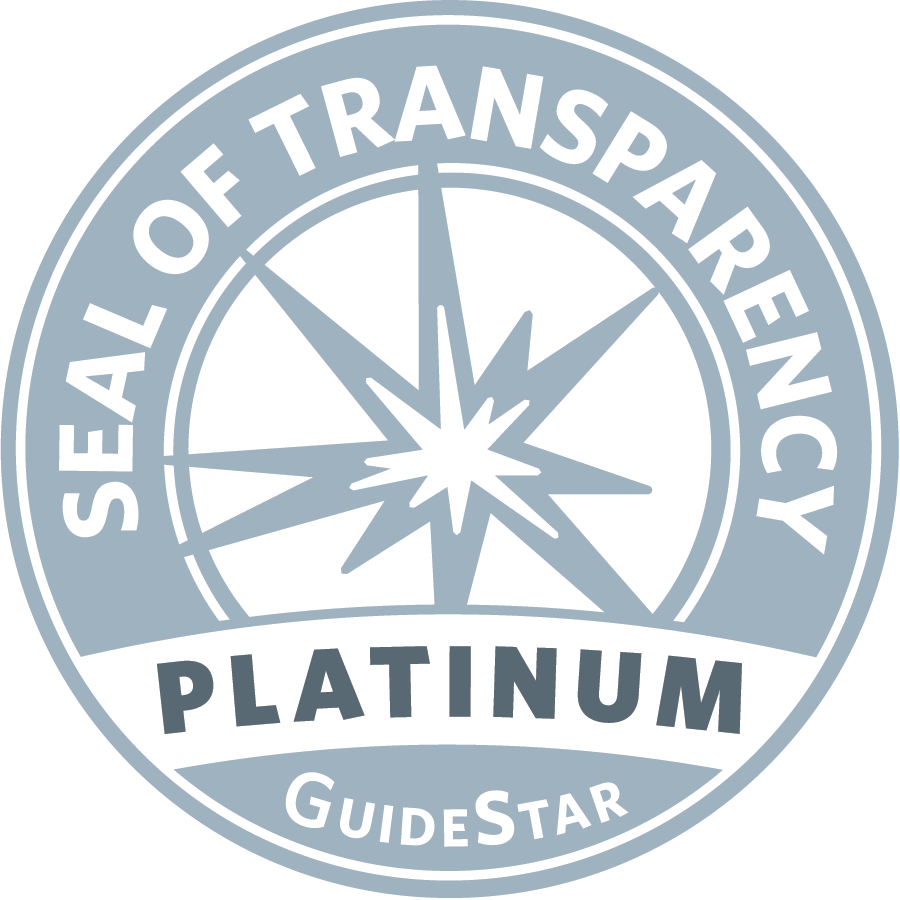
Chapter 1: Medication Therapy Management
The Medicare Prescription Drug Improvement and Modernization Act (MMA) of 2003 implemented many changes that impacted the profession of pharmacy, including the creation of Medicare Part D1 and the inclusion of Medication Therapy Management (MTM) as a paid service for targeted beneficiaries.2 The legislation explicitly mentions pharmacists, providing a novel opportunity to establish pharmacists as a vital member of the healthcare team.
Since there had been no profession-wide consensus on the definition of MTM, the American Pharmacy Association (APhA) established a workgroup in 2004 for this purpose.3 The workgroup included members from several different professional pharmacist organizations. Attendees reached a consensus that was inclusive of diverse areas of pharmacy practice that could be implemented by a majority of pharmacy practitioners and contained favorable regulatory language that would help to further the profession of pharmacy.
APhA Definition of MTM
The APhA consensus definition of MTM4 is:
Medication Therapy Management is a distinct service or group of services that optimize therapeutic outcomes for individual patients.
Medication Therapy Management services are independent of, but can occur in conjunction with, the provision of a medication product.
Medication Therapy Management encompasses a broad range of professional activities and responsibilities within the licensed pharmacist’s, or other qualified health care provider’s, scope of practice.
Examples of MTM provided by pharmacists or other healthcare professionals may include the following4:
- Performing or obtaining necessary assessments of the patient’s health status
- Formulating a medication treatment plan
- Selecting, initiating, modifying, or administering medication therapy
- Monitoring and evaluating the patient’s response to therapy, including safety and effectiveness
- Performing a comprehensive medication review to identify, resolve, and prevent medication-related problems, including adverse drug events
- Documenting the care delivered and communicating essential information to the patient’s other primary care providers
- Providing verbal education and training designed to enhance patient understanding and appropriate use of his/her medications
- Providing information, support services, and resources designed to enhance patient adherence with his/her therapeutic regimens
- Coordinating and integrating medication therapy management services within the broader health care management services being provided to the patient
MTM is notably different from the practice of dispensing medication.5 While engaging in an MTM service, the pharmacist is providing in a patient-centered rather than product-focused treatment. MTM services encompass the assessment and evaluation of a patient’s entire medication therapy regimen and factor in patient-specific risk factors like concurrent diseases, drug interactions, lab values, and current lifestyle.
An MTM service model in pharmacy practice can be divided into the following five core elements.6 The sequencing of each of the core elements may be modified to fit the needs of the patient.
Medication Therapy Review
A Medication Therapy Review (MTR) is the systematic process of reviewing a patient’s medication list and collecting other medical history, including the current problem list, treatment history, social history, over-the-counter (OTC) medications or supplements, adverse medication reactions, adherence history, and any subjective concerns. The goal of MTR is to identify and prioritize medication-related problems.
MTR is a person-to-person consultation between the pharmacist and the patient. The pharmacist spends dedicated time reviewing the information provided by the patient and provides medication education while addressing other concerns as needed. When MTR is performed as described, it may also be referred to as a Comprehensive Medication Review (CMR).7
A Targeted Medication Review (TMR)8 is initiated when a healthplan continuously audits the medication list of their members and sends suggestions for medication changes directly to the prescriber. A TMR does not include a one-on-one consultation with a pharmacist or other healthcare professional. In contrast to a CMR, TMRs may occur with or without the knowledge of the patient.
Intervention and Referral
During an MTM encounter6, the pharmacist uncovers and itemizes medication-related problems that may be amenable to an outside referral. A pharmacist may intervene on behalf of the patient to facilitate hand-off to the professional most suited to manage the identified problem. The recommendations that occur in the course of the MTM must be communicated to other members of the patient’s healthcare team to ensure continuity of care and the realization of positive outcomes.
Examples of this type of action may include:
- Referral to another pharmacist who is a Certified Diabetes Educator for targeted education.9
- Referral to the Primary Care Physician to evaluate and diagnose symptoms newly identified by the pharmacist that cannot be attributed to a current diagnosis or adverse medication events.
- Referral to an anticoagulation clinic to improve outcomes for patients needing to start an anticoagulant or needing better anticoagulation control.10
Personal Medication Record (PMR)
Upon completion of the MTM appointment, the patient should receive a personalized document that lists out their prescriptions, OTC medication, herbal products, and dietary supplements.6 The PMR contains an up-to-date list of medications that helps a patient manage their pharmacotherapy. Throughout the MTM process, the pharmacist should generate the document using the information provided by the patient. The patient may also generate it with the help of the pharmacist. It may be electronic or manually generated.
At a minimum, the PMR should contain the following elements for each pharmacotherapeutic:
- Name
- Dose
- Indication
- Schedule (I.E., “When do I take it?”)
- Start Date
- Stop Date (If applicable)
- Prescribing provider
- Additional Instructions
Medication-related Action Plan (MAP)
The pharmacist includes medication-related problems that they can address in their scope of practice in the MAP.6 The MAP does not include problems to be referred out to other members of the patient’s healthcare team.
The patient and pharmacist complete this portion together and include action steps for the patient. Examples of items on a MAP include:
- “I will set an alarm on my phone to help me remember to take my clonidine three times daily.”
- “Levothyroxine must be taken on an empty stomach for a consistent benefit; I will begin taking it at the same time each morning before breakfast.”
- “I will stop taking losartan because it is a duplicate therapy of lisinopril. The pharmacist called my doctor to cancel the prescription.”
Documentation and Follow-up
The pharmacist documents the encounter as part of the patient’s permanent medical record. Follow-up appointments should be scheduled as needed at the time of the encounter.6 Appropriate documents should protect against professional liability, capture services provided for payment, demonstrate the value of MTM, demonstrate clinical outcomes, and enhance continuity of care.11
Core elements of documentation are a standardized format (SOAP or SBAR), education, interventions/collaboration, PMR, MAP, follow-up, and time spent. Following an MTM, documentation should be communicated to physicians, payors, and patients/caregivers.
About this chapter
Cite this chapter as:
National Board of Medication Therapy Management, Thomas, D. & Tran, J. (2020, September 1). Medication Therapy Management. National Board of Medication Therapy Management. https://nbmtm.org/mtm-reference/medication-therapy-management/
References
- Megellas, M. M. (2006). Medicare Modernization: The New Prescription Drug Benefit and Redesigned Part B and Part C. Baylor University Medical Center Proceedings, 19(1), 21–23. https://doi.org/10.1080/08998280.2006.11928119
[↩] - Centers for Medicare and Medicaid. (2020). Medication Therapy Management | CMS. www.cms.gov. https://www.cms.gov/Medicare/Prescription-Drug-Coverage/PrescriptionDrugCovContra/MTM
[↩] - Bluml, B. M. (2005). Definition of Medication Therapy Management: Development of professionwide consensus. Journal of the American Pharmacists Association, 45(5), 566–572. https://doi.org/10.1331/1544345055001274
[↩] - American Pharmacists Association. (n.d.) Medication Therapy Management (MTM). APhA Foundation. https://www.aphafoundation.org/medication-therapy-management
[↩] [↩] - CDC. (2019, May 30). Community Pharmacists and Medication Therapy Management. Centers for Disease Control and Prevention. https://www.cdc.gov/dhdsp/pubs/guides/best-practices/pharmacist-mtm.htm
[↩] - American Pharmacists Association, & National Association of Chain Drug Stores Foundation. (2008). Medication therapy management in pharmacy practice: core elements of an MTM service model (version 2.0). Journal of the American Pharmacists Association : JAPhA, 48(3), 341–353. https://doi.org/10.1331/JAPhA.2008.08514
[↩] [↩] [↩] [↩] [↩] - Gamble, K. H. (2011). MTM Advisory Board updates definition of key pharmacist service. Pharmacy Times. https://www.pharmacytimes.com/news/MTM-Advisory-Board-Updates-Definition-of-Key-Pharmacist-Service
[↩] - Ferries, E., Dye, J. T., Hall, B., Ndehi, L., Schwab, P., & Vaccaro, J. (2019). Comparison of Medication Therapy Management Services and Their Effects on Health Care Utilization and Medication Adherence. Journal of Managed Care & Specialty Pharmacy, 25(6), 688–695. https://doi.org/10.18553/jmcp.2019.25.6.688
[↩] - Shane-McWhorter, L., John, C., Johnson, T., Letassy, N., Reichert, S., Sission, E., Sommers-Hanson, J., Triplitt, C., Vivian, E., & Armor, B. (2008). The scope and standards for the practice of diabetes education by Pharmacists. In American Association of Diabetes Educators. https://www.diabeteseducator.org/docs/default-source/legacy-docs/_resources/pdf/PharmDScopeStandards.pdf
[↩] - Hou, K., Yang, H., Ye, Z., Wang, Y., Liu, L., & Cui, X. (2017). Effectiveness of pharmacist-led anticoagulation management on clinical outcomes: A systematic review and meta-analysis. Journal of Pharmacy & Pharmaceutical Sciences : A Publication of the Canadian Society for Pharmaceutical Sciences, Societe Canadienne Des Sciences Pharmaceutiques, 20(1), 378–396. https://doi.org/10.18433/J3SQ0B
[↩] - Buffington, D. E., & Bennett, M. S. (2007). Medication Therapy Management services: Documenting pharmacy-based patient care services. American Pharmacists Association. https://www.pharmacist.com/sites/default/files/files/mtm_documentating_pc_services.pdf
[↩]



